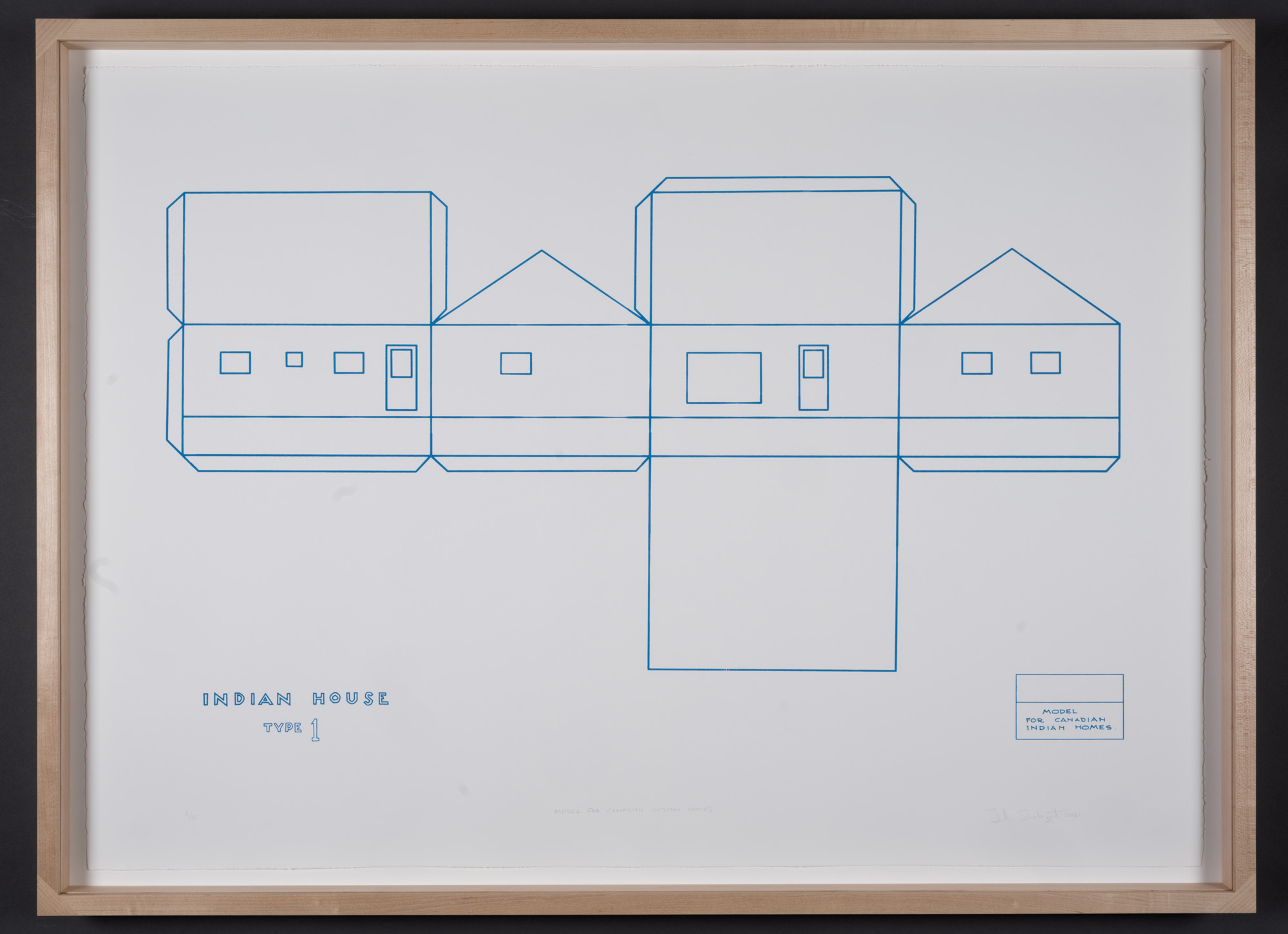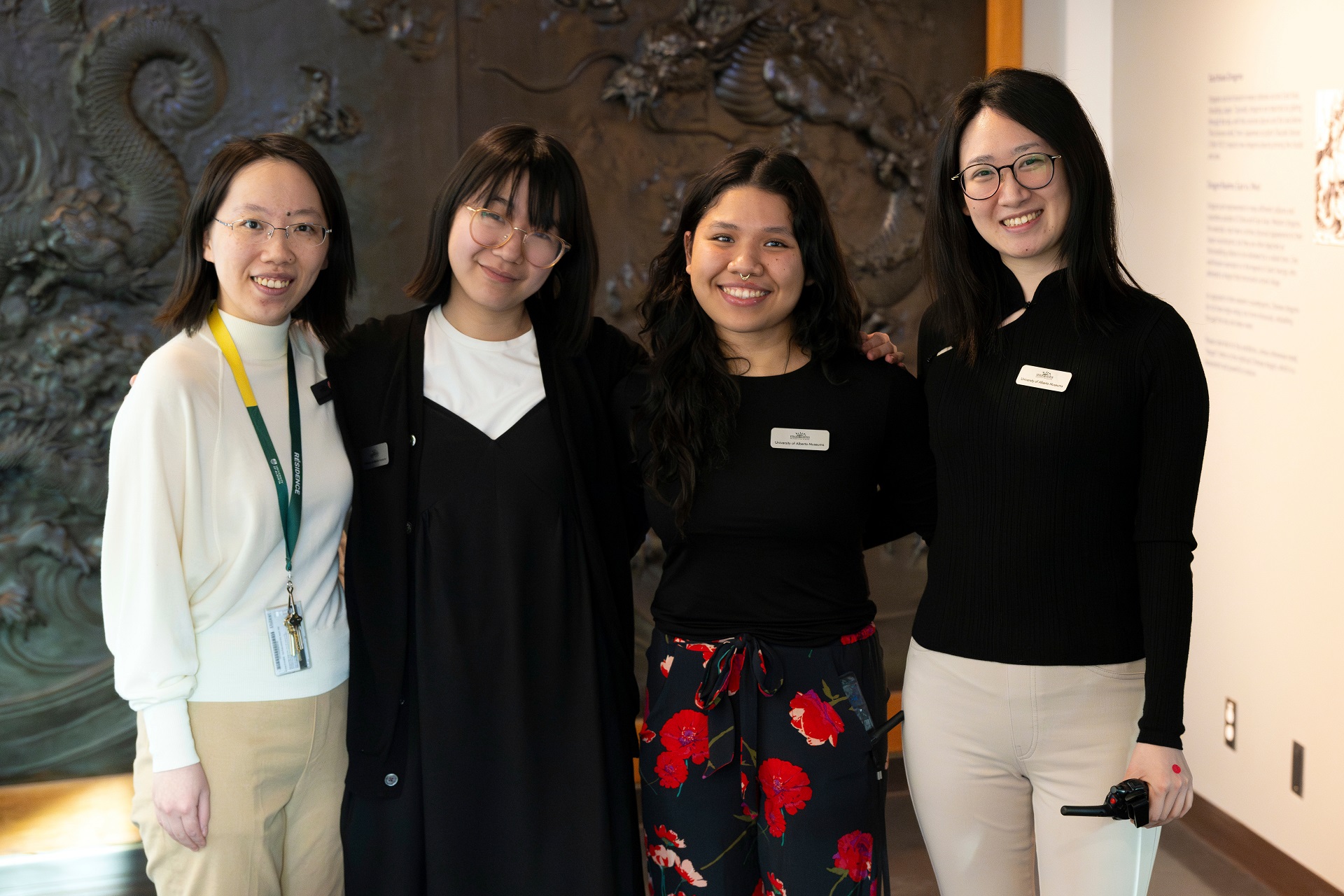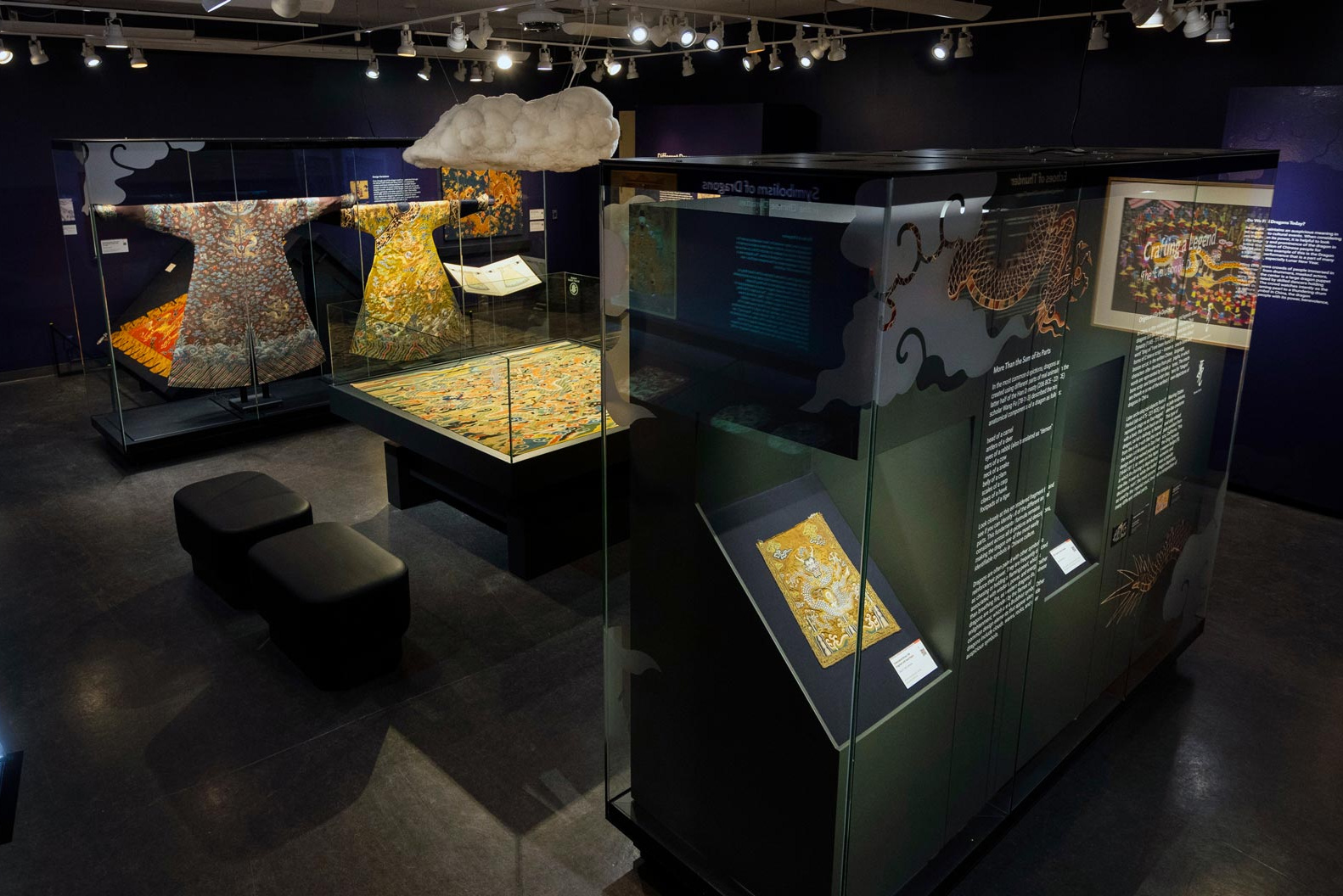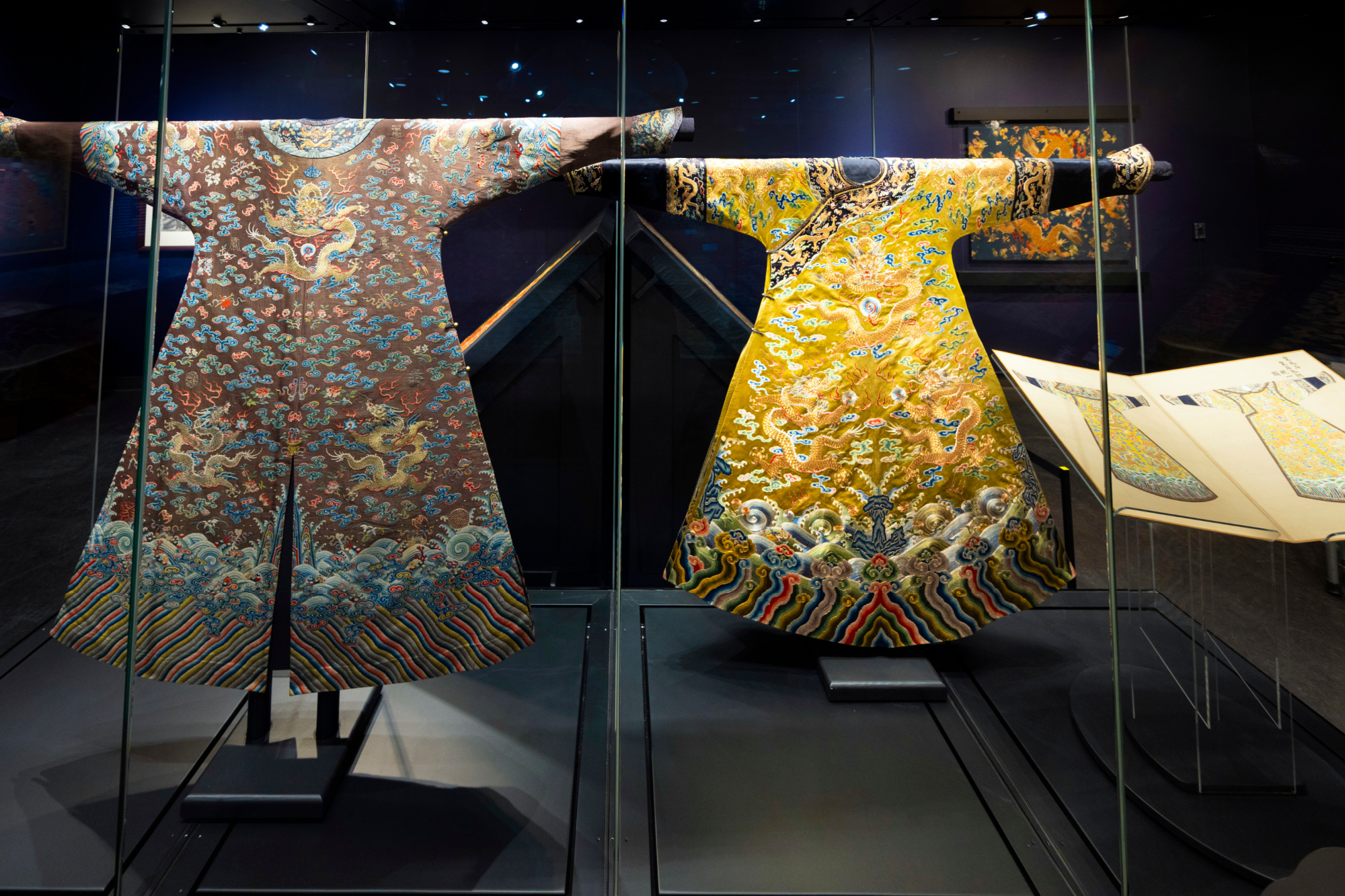Art in Focus: "Model for Canadian Indian Homes" by Frank Shebageget

Model for Canadian Indian Homes, 2021; Ink on paper; screen-print; Frank Shebageget: Born Upsala, Ontario, 1972; University of Alberta Museums, University of Alberta Museums Art Collection: 2023.4.1
For Anishnabeg artist Frank Shebageget, his personal experiences growing up in the small town of Upsala in Northwestern Ontario has been one of the driving inspirations behind his art. From the fishing nets his family used to the home his father built, these memories have given shape to Shebageget’s minimalist installations and print work. These experiences are also deeply rooted in broader historical conditions that have continued to impact Indigenous life in Canada.
Shebageget’s screen-print Model for Canadian Indian Homes (2021) is an example of such work that bridges the personal and historical. Using the conventions of architectural blueprints, Model for Canadian Indian Homes illustrates a single family home, which, if cut out and folded along the blue lines, could become a 3D model. The image is a replica of the prefabricated home his father built off reserve in Upsala and emphasizes the prevalence of kit homes in remote communities which were used for their ease of construction and use of low-end materials. Of his two bedroom family home, Shebageget notes that while these homes are specifically reserve homes, they also point to the broader history of affordable housing such as post-War houses (known as ‘strawberry box’ houses) and miner (or ‘company’) homes in Canada.1 Unsurprisingly the use of prefabricated (or modular) homes continue to be seen as a way to confront the housing crisis in Canada.2
In drawing our attention to prefabricated homes, Shebageget questions the nature of these homes and asks if they are “built by western concepts and modeled for a ‘typical nuclear family.’ Is it Indian? Is it isolated? — these are questions we ask.”3 In examining the history of reserve houses, a clearer understanding of the circumstances that have led to the shortfalls of equitable living conditions for Indigenous people in Canada. In Edmonton, while approximately 5% of the City’s population is Indigenous, between 55 and 65% of those experiencing homelessness identify as Indigenous.4 The disproportionate ongoing effects of colonialism such as the creation of reservations and the Residential School system for example, are inextricably linked.
Frank Shebageget lives and works in Ottawa, Ontario. A graduate of OCAD University, his work is represented in the collections of the Thunder Bay Art Gallery, Ottawa Art Gallery, the Canada Council Art Bank, the National Aboriginal Achievement Foundation, among others.
Model for Canadian Indian Homes is a recent acquisition of the artist’s work in the University of Alberta Museums Art Collection.
1 “Ottawa to launch pre-approved home design catalogue, bring back post-war effort,” https://www.cbc.ca/news/politics/canada-home-design-catalogue-1.7056456
2 Ibid
3 Shebageget, Frank. Artist website: https://frankshebageget.com/installations/small-village/
4 https://www.edmonton.ca/programs_services/housing/indigenous-housing-programs
This web story is part of the University of Alberta Museums Art Collection Spotlight Series, a collection of web stories aimed to share works of art from the University of Alberta Museums Art Collection with the world. Posted monthly, these stories connect works of art in the Collection to important matters on our campus and in our community.


